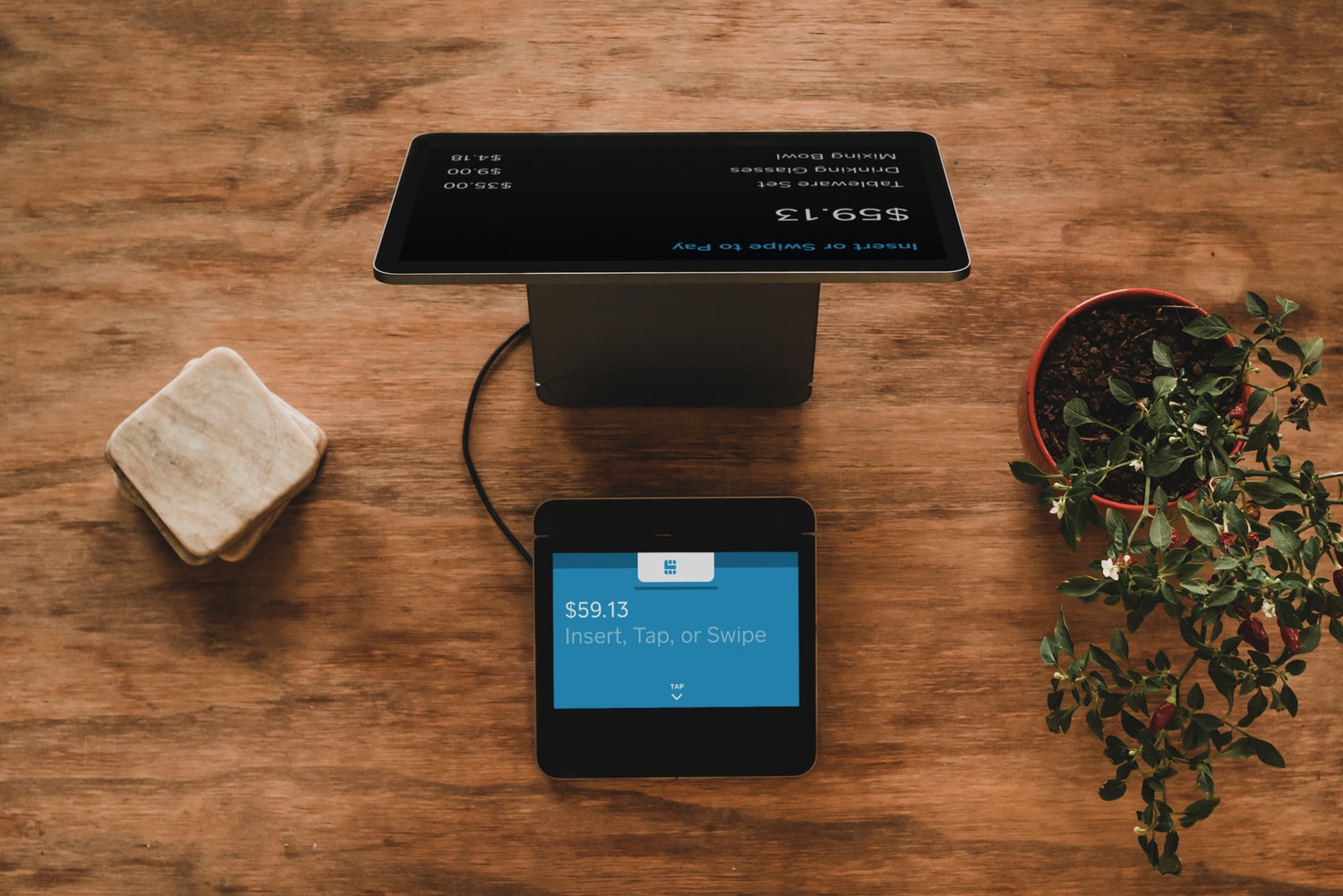5 steps to building a compelling value proposition

Is your main offering a solution looking for a problem? Are you unclear about what your company stands for? Are you promoting products and services rather, than helping prospects with the problems you’re an expert at solving? If the answer is yes to any of these questions, you need to work on your value proposition.
>>>
A value proposition is the reason why buyers turn to one company over another. In an ideal world, it’s what you are uniquely placed or best at to deliver.
Despite what many people think, a business doesn’t sell products or services. In your buyer’s minds, you provide solutions to their problems.
Normally, your biggest sales challenge is not beating the competition. It’s that prospects often decide to do nothing because a proposition doesn’t support their priorities or hasn't made them think differently about their current approach.
So, instead of expecting buyers to work out how your offerings can help them, your value proposition must start with their key issues and clearly show how you provide the best possible solution.
With the right story, tools and approach, you can create propositions that break the status quo and move people to take action.
Here’s 5 steps to creating a powerful value proposition:
Step 1: Create your ideal customer profile
The importance of knowing what your buyers value most is key. The profile should include demographics such as size and industry, but mainly focus on their main goals, priorities, needs and challenges.
So do your research and ask them directly. All too often, companies rely solely on internal thinking to guide the proposition development process. The end result is therefore a proposition that is focused on the wrong problems or priorities and has little or no impact.
Step 2: Map your products and services to create value
Think about how your different products and services relieve pain or increase gains. Rank these in order of importance to your buyers, based on the priorities you figured out in Step 1.
B2B buying decisions involve many stakeholders so focus on the most important people and look for common, not competing priorities.
Step 3: Create a shortlist of offers and test them out
Whiteboard different ideas and test out the best ones with some friendly customers. Then you can make the final tweaks to your core value proposition.

Step 4: Develop points of parity and points of difference
Compare your shortlist of offerings with your main competitors. Identify a) what you must have even to be considered and b) where you are superior. This will enable you to create the 'gold standard' in value proposition development, according to the Harvard Business Review.
Step 'a' gives you the points of parity, which are the essential factors that are needed for your proposition to even be considered. For example, this could be an specific accreditation needed for you to be able to provide a credible service.
Step 'b' provides the all-important differentiators that set you apart from the competition but that will also be deemed especially important to your customer. For instance, you are the only provider to provide a software-as-a-service (SaaS) solution, in a field full of on-premise providers, to an industry who's workforce is now largely remote working.
Step 5: Create your sales story
This final step is about bringing your value proposition to life and is all about your sales story. You need messages and content focused on making people believe in your proposition. Make it stronger with analyst research, survey statistics, customer references, metrics, industry accolades and so on.
Ultimately, your value proposition will be tailored to each customer. But your marketing communications will start with a story that will engage your entire addressable market.
We’re here to help you do marketing that actually works.
Related insights



